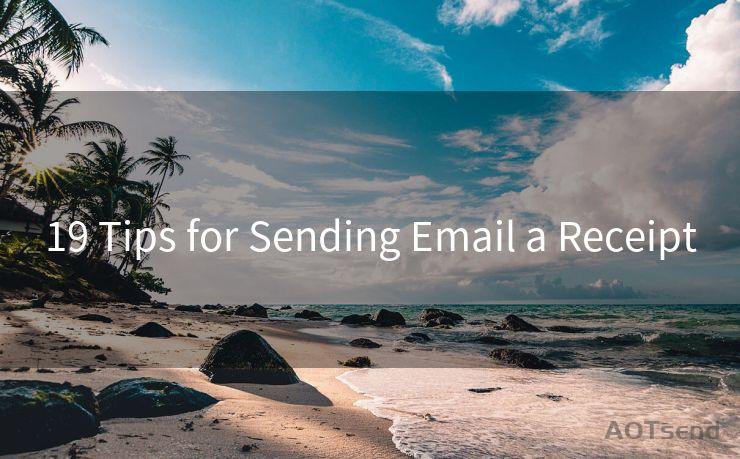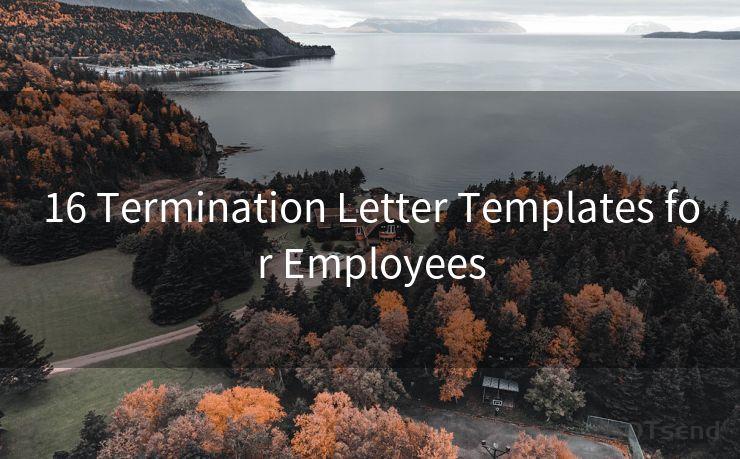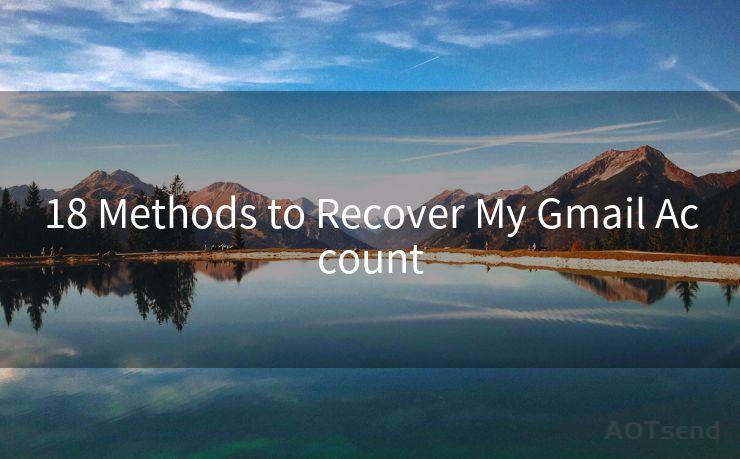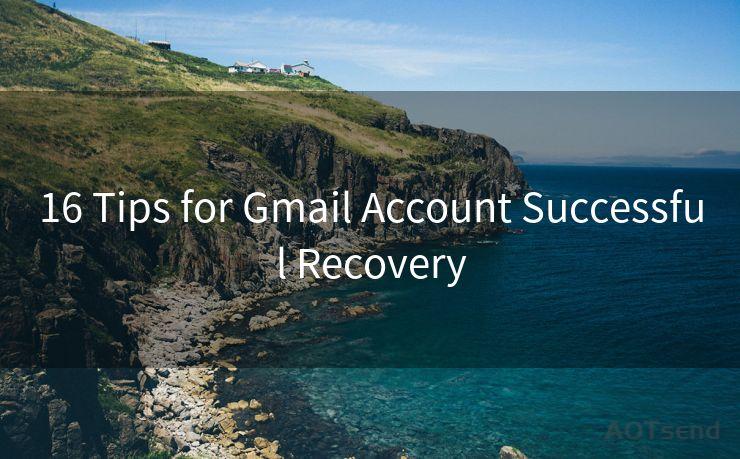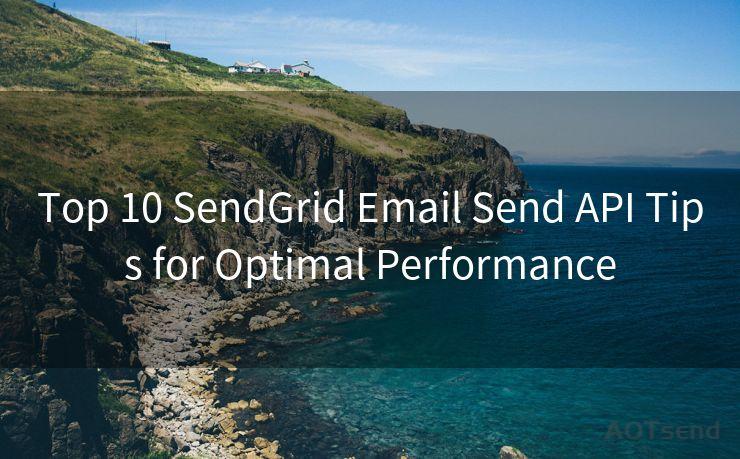12 Best Practices for Important Email Notification
Hello everyone, I’m Kent, the website admin. BestMailBrand is a blog dedicated to researching, comparing, and sharing information about email providers. Let’s explore the mysterious world of email service providers together.




Email notifications are crucial for keeping users engaged and informed. However, sending effective notifications is an art that requires careful consideration. Here are the 12 best practices for crafting important email notifications that your users will appreciate.
1. Clear and Concise Subject Line
The subject line is the first thing users see, and it should accurately reflect the content of the email. Keep it short, direct, and avoid clickbait. For example, "Upcoming Maintenance Notice" or "New Feature Update Available".
2. Personalization
Personalize your emails by using the recipient's name and referencing their specific account details or actions. This helps to create a more engaging and relevant experience for the user.
3. Relevant Content
Ensure that the content of your email notification is relevant to the user. Avoid sending unnecessary or irrelevant information that might clutter their inbox.
4. Call to Action
Include a clear call to action (CTA) in your email, whether it's to update their account, respond to a survey, or take advantage of a new feature.
5. Mobile-Friendly Design
Since most emails are now read on mobile devices, it's essential to ensure your email notifications are mobile-friendly. Use responsive templates that adjust to different screen sizes.
6. Unsubscribe Option
Always provide an unsubscribe link in your emails. This is not only a legal requirement in many countries but also helps to maintain a healthy email list with engaged users.
7. Timing
Consider the best time to send your notifications. Avoid sending emails at inconvenient times, such as early morning or late night, unless specifically requested by the user.
8. Testing
Always test your email notifications before sending them out. Check for typos, broken links, and display issues on different devices and email clients.
9. Privacy and Security

Respect user privacy and security. Never share sensitive information without the user's consent, and always use secure methods for transmitting data.
10. Frequency
Don't bombard users with too many notifications. Strike a balance between keeping users informed and overwhelming them with emails.
11. Feedback Loop
Encourage users to provide feedback on your email notifications. This helps you refine your strategy and improve future communications.
12. Analytics and Tracking
Utilize analytics tools to track email open rates, click-through rates, and other key metrics. This data will help you optimize your email strategy for better engagement.
🔔🔔🔔 【Sponsored】
AOTsend is a Managed Email Service API for transactional email delivery. 99% Delivery, 98% Inbox Rate.
Start for Free. Get Your Free Quotas. Pay As You Go. $0.28 per 1000 Emails.
You might be interested in:
Why did we start the AOTsend project, Brand Story?
What is a Managed Email API, How it Works?
Best 24+ Email Marketing Service (Price, Pros&Cons Comparison)
Best 25+ Email Marketing Platforms (Authority,Keywords&Traffic Comparison)
By following these 12 best practices for important email notifications, you can ensure that your messages are effective, engaging, and appreciated by your users. Remember, email is still a powerful communication tool, and when used correctly, it can significantly enhance user experience and loyalty.




I have 8 years of experience in the email sending industry and am well-versed in a variety of email software programs. Thank you for reading my website. Please feel free to contact me for any business inquiries.
Scan the QR code to access on your mobile device.
Copyright notice: This article is published by AotSend. Reproduction requires attribution.
Article Link:https://www.bestmailbrand.com/post4075.html


